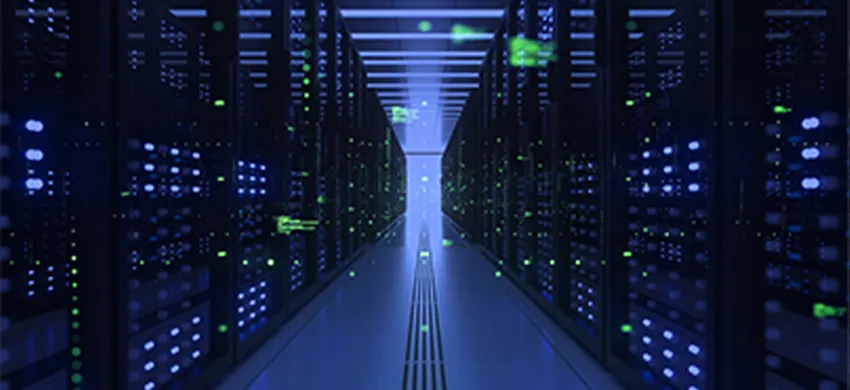When two optical fibers are connected, due to the difference in position, shape and structure of the two optical fibers, the energy cannot pass 100% from one optical fiber to the other optical fiber, that is, connection loss occurs. To minimize connection losses, the two optical fibers must be precisely aligned. A fiber optic connector is used to quickly connect two optical fibers so that optical signals can be continued to form an optical path.
So how does the fiber optic connector achieve the precise connection of optical fibers?
There are many fiber connector types, but the precise alignment between fibers depends on two factors. One is the ceramic insert with a precise inner diameter, outer diameter and concentricity, and the other is the ceramic sleeve with slit, which is a very clever design.
Ⅰ. Physical contact of the end face of fiber connectors
Precise alignment, however, is not enough for fiber optic connections. We know that light bounces back and forth at the interface between two different media. The refractive index of quartz fiber at 1.55μm is about 1.455, so the reflection BR of the fiber end face is 3.4%. The backward reflected light affects the stability of the communication system, and each quartz glass-air interface introduces insertion loss of about 0.15dB. Therefore, each fiber connector will increase the loss by 0.3dB.
To ensure physical contact between fibers, the core surface is usually ground into a sphere, and the fiber ends are located at the apex of the sphere. This is the second clever design in fiber connectors. Because the physical contact depends on the deformation of the end face, and ceramic is both wear-resistant and elastic, it was chosen as the core material rather than glass.
Ⅱ. Fiber connectors further reduce reflection echo
Physical contact between optical fibers can ensure low loss of fiber connection point, but the echo loss RL can only reach 55dB. For some applications with higher RL requirements, the end face of fiber optic connectors is ground at a certain angle known as the bevel physical contact APC.
Fiber connector is the most basic optical passive device in fiber communication system. The most basic technical requirements of the system for fiber optic connectors include low insertion loss IL and high return loss RL, that is, the lowest reflection echo BR. However, as the most widely used optical passive devices, their cost and connection convenience are just as important as the technical specifications.
As a fiber optical accessories supplier, T&S communication today takes a leading role in OEM and ODM service for optical fiber termination solutions. Based on T&S Communications's excellent comprehensive capabilities, we are dedicated to bringing fiber optic components with superior performance to the next-generation communications in a green, pragmatic and cost-effective manner. Please feel free to contact us if you have any interest in related products.

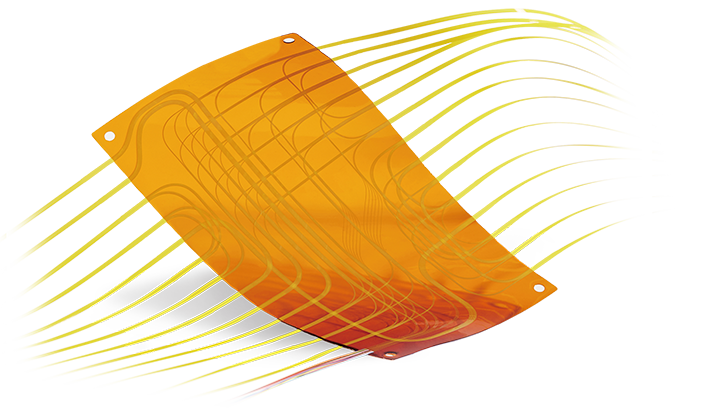 Fiber Optic Flex Circuit (FOFC)
Advanced Simulation & Optimization, High Positioning Accuracy, Flexible Customization, Rigorous Reliability Testing
Fiber Optic Flex Circuit (FOFC)
Advanced Simulation & Optimization, High Positioning Accuracy, Flexible Customization, Rigorous Reliability Testing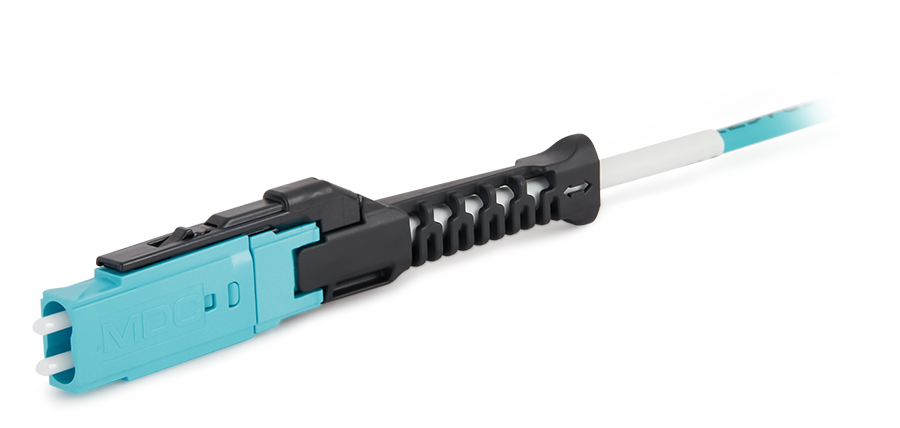 MDC Solution
US Conec's MDC connector is a Very Small Form Factor (VSFF) duplex optical connector, expertly designed for terminating single-mode and multimode fiber cables with diameters up to 2.0mm.
MDC Solution
US Conec's MDC connector is a Very Small Form Factor (VSFF) duplex optical connector, expertly designed for terminating single-mode and multimode fiber cables with diameters up to 2.0mm.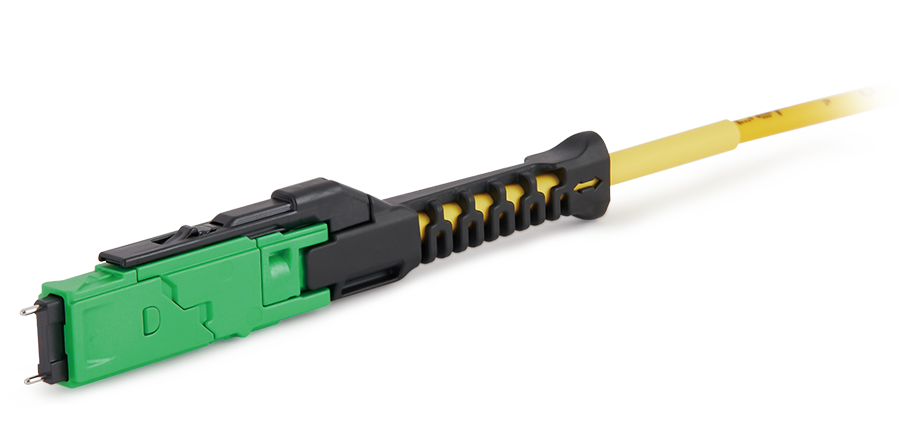 MMC Solution
US Conec's Very Small Form Factor (VSFF) multi-fiber optical connector that redefines high-density connectivity with its cutting-edge TMT ferrule technology and intuitive Direct-Conec™ push-pull boot design.
MMC Solution
US Conec's Very Small Form Factor (VSFF) multi-fiber optical connector that redefines high-density connectivity with its cutting-edge TMT ferrule technology and intuitive Direct-Conec™ push-pull boot design. EN
EN
 jp
jp  fr
fr  es
es  it
it  ru
ru  pt
pt  ar
ar  el
el  nl
nl 

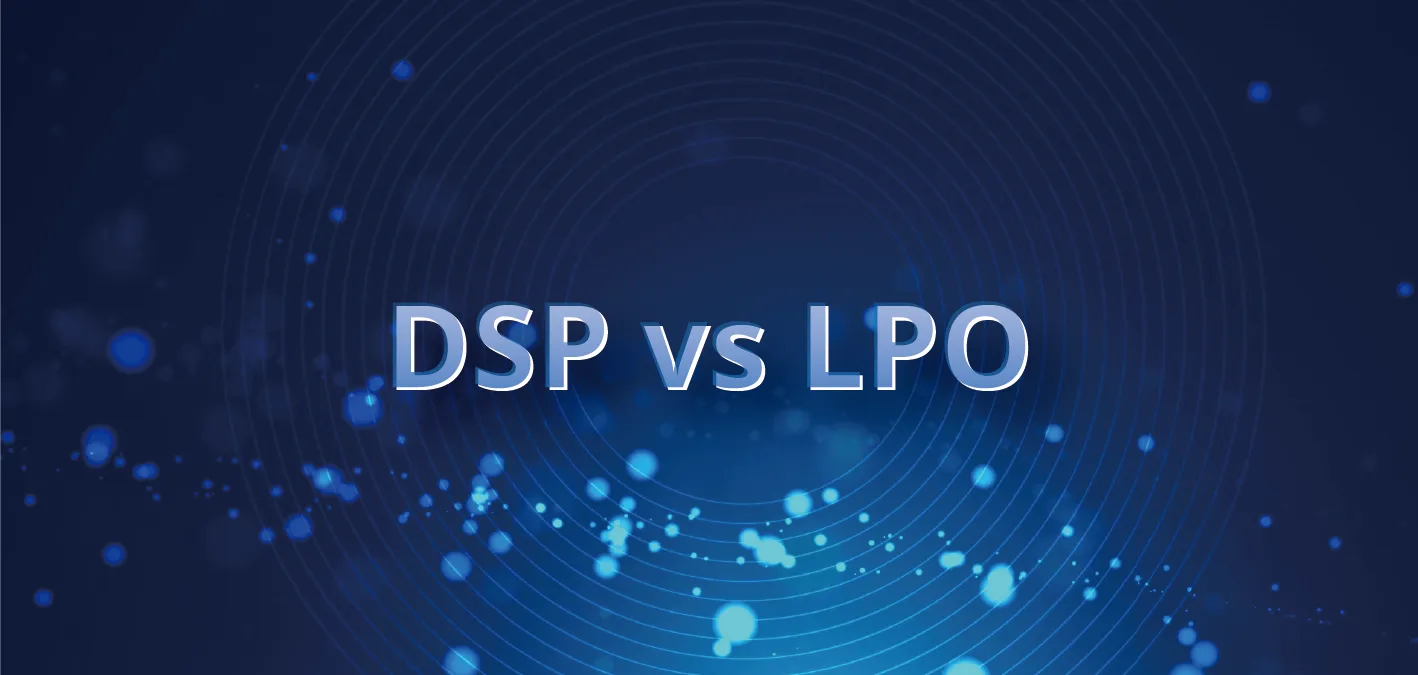
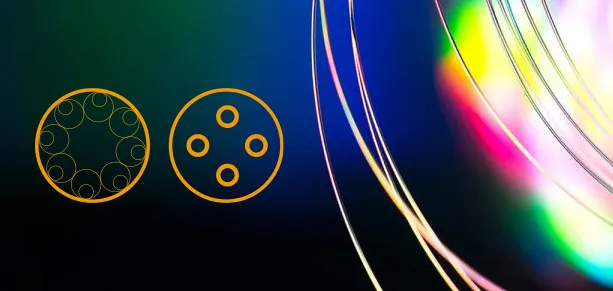
_and_High-Reflection_(HR)_Optical_Coatings.webp)
